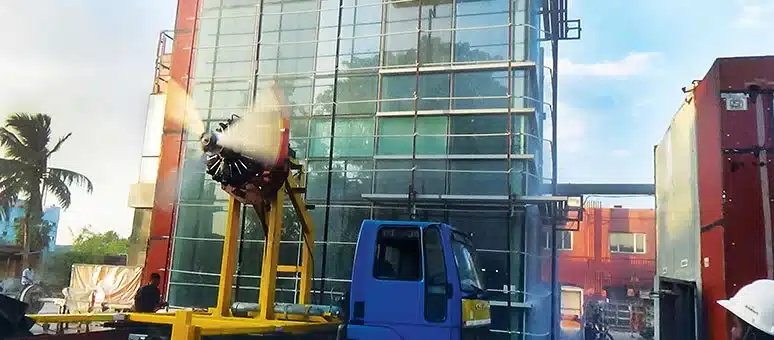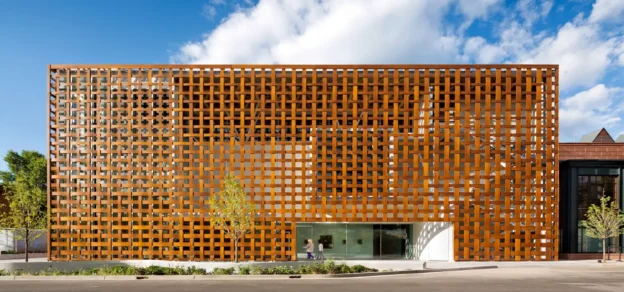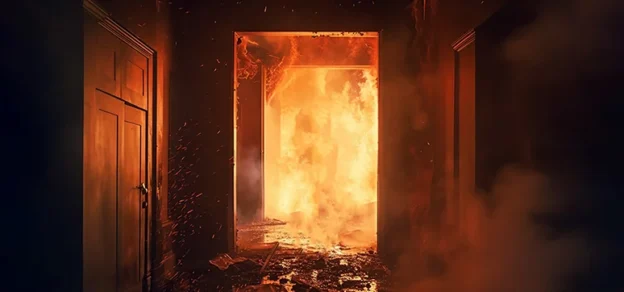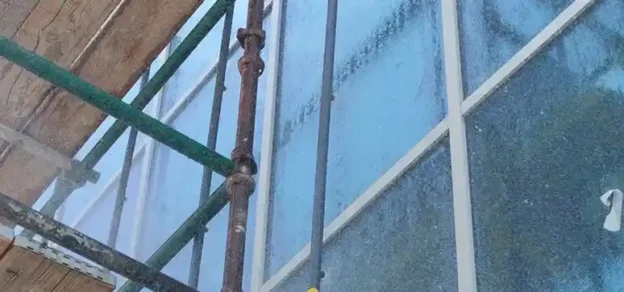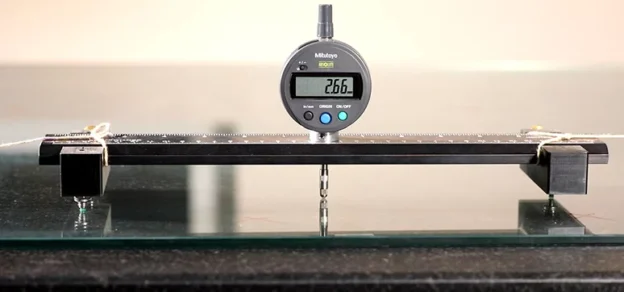As more and more Indians travel around the world they are exposed to the cutting-edge technology used in modern building facades that exist in different countries and they notice the use of the latest to make them unique and iconic. Some of these appear to defy the laws of gravity and science. Architects who have been involved in the creation and execution of these unique projects have not just focused on the design aspects of the building but have gone to extraordinary lengths to ensure that the performance of the products used in these projects are tested thoroughly for safety and performance during their lifetime.
India is now fast catching up with the other developed nations in all the other aspects of development and is leapfrogging into the future with the rapid growth of its cities and towns. The pressure to build taller and more efficient structures and make the maximum use of available space
Dynamic exists in almost all Indian tier 1 cities. Therefore with the construction of such tall structures comes the need to ensure that every component that goes into the structure is tested thoroughly to ensure that it performs to the desired specification. The inherent difficulty in replacing damaged or underperforming product once it is installed in a high-rise building is quite obvious as it involves a lot of expenditure. Sometimes, it is virtually impossible to carry out any repairs due to the non-availability of access and the residents of the building will have to live with the problem for the rest of the lifetime of that building.
When it comes to façades of buildings, the consultant or architect responsible for the project needs to ensure that the façade is not only aesthetically pleasing but also structurally safe and energy efficient. The design should incorporate adequate features to ensure easy accessibility to the façade for regular maintenance and repairs in future.
Provisions also have to be made to comply with the regulations laid down by the fire department for emergency evacuation in the event of a fire.
When all these factors are considered before the final façade design is approved, it is important that all the calculations for structural
stability, energy efficiency and water penetration have been done based on certain realistic assumptions. Since the possibility of rectifying or replacing the façade once it is installed is near impossible, every care should be taken to test the mockup sample for extreme conditions and make the necessary corrections even before they are installed to ensure that its performance matches the design criteria.
The role of independent performance and fire testing labs has gained importance in the last few years to do just that i.e. simulating weather conditions as per the design criteria and putting the mockup sample through a series of tried and tested procedures to validate the theoretical assumptions used during design. Once a mockup sample is tested to the specified conditions and certified, the design, quality of fabrication and installation methods can be safely assumed to deliver the value it is expected to provide.
After the testing at the laboratory, the approval is given to the façade contractor to begin the installation of the façade at the site. To ensure that the quality of fabrication and installation continues to be in line with the approved process onsite water testing as per AAMA501.2 is recommended. A third-party independent lab would conduct onsite water testing at random locations on the façade, as decided by the consultant and the entire process of testing is recorded on video for future reference. Any failure in the water penetration test at the site would result in the work executed until then being reviewed and retested to ensure that there are no surprises after the project is handed over to the owner after completion.
Many testing specifications have been designed to test the façades over the last few decades. ASTM, AAMA and ASNZ are a few of the standards consultants use to ensure that the façades perform to the required specifications. All the above-mentioned standards are well recognised across the world and ensure that the final quality of the façade matches its potential.
Given below is a typical specification for a façade that covers all kinds of performances expected of a well-designed façade.
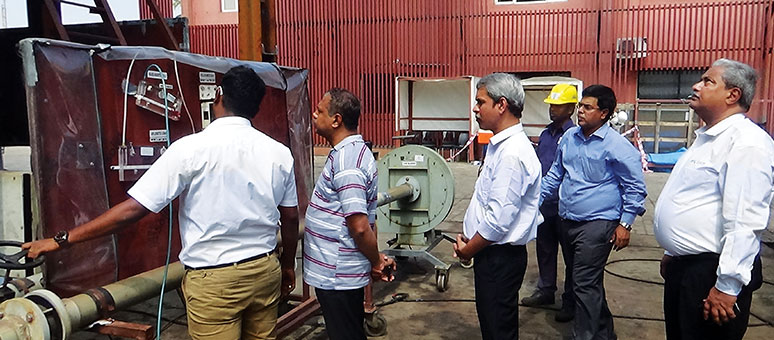
Prototype Testing Sequence
1- Pre-load: Positive pressure 50 per cent of design loading held for 10 seconds
2- Open & close cycle: Vents to be unlocked, opened and closed, and locked fifty (50) times.
3- Air infiltration to ASTM E283:
a. Positive static pressure: 300 pa, negative static pressure -300 pa
b- Frame leakage to be less than 0.02 m3/min/m2(excluding vents)
c. Vent Leakage to be less than 0.0232 m3/min/m of vent perimeter
4- Static water penetration test to ASTM E331:
a. Water flow rate -3.4 litres/min/ m2 (over the whole specimen)
b. Simultaneous static pressure -1.0 Kpa
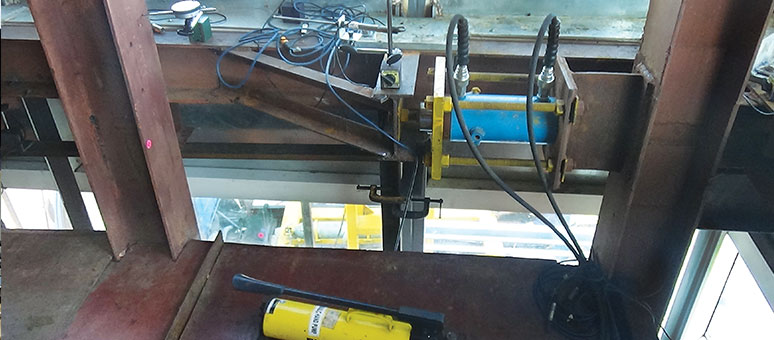
c. Duration of testing -15 minutes
d. No uncontrolled leaking is permitted. The water is contained and drained to the exterior e. No wetting of visible surfaces f. No staining or other damage to the completed building g.
d. The source of water leakage shall be identified
5. Dynamic water penetration test to AAMA 501.1:
a. AS/NZ 4284 – cyclic testing for Wp = 1.5 Kpa is permitted instead of AAMA 501.1 provided that the correct testing equipment is used and that blowers have sufficient capacity to cycle the air pressure in 3 to 5 seconds
b. No uncontrolled leaking is permitted. The water is contained and drained to the exterior
c. No wetting of visible surfaces is permitted
d. No staining of other damage to the completed building is
permitted e. The source of water leakage shall be identified.
6. Structural performance test: Uniform structural load test and design load per ASTM E330:
a. Positive pressure: 50 and 100 percent of design pressure load
b. Negative pressure: 50 and 100 per cent of design suction load
c. All pressures to be for 10 seconds, after releasing the pressure (returning back to zero), need to wait at least 1 minute before taking the residual deflection reading
d. Residual net deflections to be less than span/1000
7. Seismic test as per AAMA 501.4:
a. To be applied on mind – height support beam
b. Horizontal displacement to be of 10mm unless a higher value is specified by the structural engineer
c. To be applied 3 times both ways in cycles
d. No distortion or visible damage shall occur
8. Repeat the static water penetration test to ASTM E331 (As outlined above).
9. Structural safety test: Uniform structural load test at proof load per ASTM E330:
a. Positive pressure: 75 per cent of the design load
b. Positive pressure: 150 per cent of design load
c. Negative pressure: 75 per cent of the design load
d. Negative pressure: 150 per cent of the design load
e. All pressure to be held for 10 seconds
10. A BMU tieback shall be tested in all directions (for the value of loads to be applied, refer to the relevant section of this specification). A static pressure of 0.5 Kpa shall be applied for the duration of the testing.
The tie-back shall not fail, exhibit permanent distortion or interfere with the performance of the curtain wall and related seals.
11. Degradation testing: If deemed necessary by the project architect or façade consultant, on completion of the structural testing, a further series of water penetration tests shall be undertaken with portions of various gaskets and sealant beads removed on each test assembly. The purpose of such testing is to simulate the effects of degradation and failure of such seals and is carried out for information only.
Once the process of testing is completed all the parties involved in the design and execution of a façade would get the satisfaction of having completed a project which is safe and energy efficient.
A façade plays a very vital role in giving a building character and any failure in the performance of this vital element will result in enormous pain and loss to the owners and residents of the project.
So in conclusion all parties involved need to recognise the importance of performance testing and realise that the cost incurred in testing is paid back many times over by the value the developer will derive from a safe and energy efficient façade.
